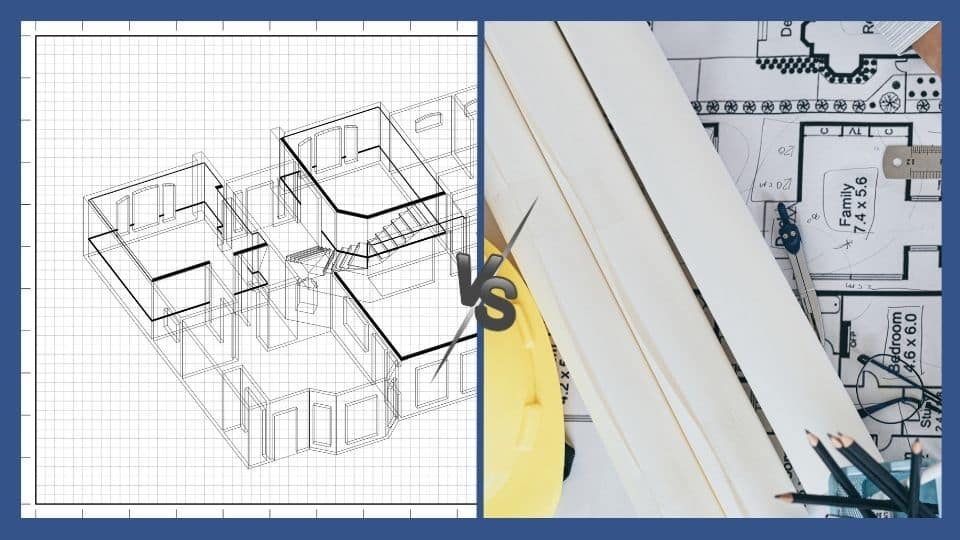Leading Architectural Experts in Hampshire for Custom and Innovative Designs
Wiki Article
Raise Your Home's Aesthetic: The Important Link In Between Interior Design and Home Designer
In the pursuit to transform a house into a home, the bond between interior decoration and architecture contributes. This essential connection offers a method for home owners to share their preference and design, while ensuring optimal convenience and functionality. Yet, striking the excellent equilibrium in between these two self-controls isn't constantly uncomplicated. As we discover this subject additionally, we'll introduce crucial methods for balancing building structure with interior aesthetics, inviting you to discover brand-new measurements of your living area.Recognizing the Core Principles of Interior Design and Architecture
While many might perceive indoor layout and design as merely aesthetic searches, they are, in truth, complicated techniques rooted in certain core principles. These principles guide the production of functional, sustainable, and aesthetically pleasing rooms. In interior decoration, elements such as rhythm, focus, and equilibrium are key considerations. Developers manipulate these elements to produce rooms that are not only visually appealing, but comfy and likewise functional. In a similar way, architecture rotates around principles such as beauty, utility, and sturdiness. Designers have to take into consideration these factors while developing structures that meet the needs of their residents, stand up to the examination of time, and contribute positively to their surrounding setting. Recognizing these core principles is vital for valuing the deepness and breadth of these interconnected disciplines.
The Symbiotic Connection In Between Interior Design and Home Style
Though apparently unique, indoor style and home style share a symbiotic partnership that is crucial to the creation of harmonious, useful, and cosmetically pleasing living spaces. The style gives the skeletal system, a physical framework where interior design takes a breath life, turning these rooms into homes. They are synergistic; the architecture commonly notifying the indoor layout choices, and vice versa.Crucial Element for Balancing Interior Design and Architectural Style

Case Studies: Successful Assimilation of Interior Design and Architecture
Examining a number of instance studies can drop light on the successful integration of indoor layout and style. It makes use of a comparable method, but the indoor style is bolder, with a noticeable sculpture in the living location, creating a vibrant interaction between the style and indoor style. These cases show the possibility for interior design and style to improve each other, developing a cohesive and visually pleasing environment.Tips for Aligning Your Interior Design With Your Home's Architectural Features
While it may seem challenging, aligning your interior style with your home's architectural functions can dramatically improve the overall visual and atmosphere. The primary step is to understand the building style of your residence, whether it's contemporary, typical, or a mix of both. After that, choose get more info home furnishings and decorations that enhance it. A modern-day home might benefit from minimalist furnishings, while a conventional residence might look finest with classic items. Utilize the all-natural light, forms, and lines of your home's architecture. If your home has one-of-a-kind attributes like arched entrances or exposed beams, highlight them. Do not cover these up; instead, make them focal points. With thoughtful factor to consider, your interior decoration can flawlessly blend with your home's design, developing a cohesive and inviting space.Conclusion

Raise Your Home's Aesthetic: The Crucial Connection In Between Interior Layout and Home Designer - Winchester architect
Though apparently unique, indoor style and home architecture share a cooperative partnership that is vital to the production of harmonious, practical, and visually pleasing living spaces. It makes use of a similar method, however the interior layout is bolder, with a noticeable sculpture in the living location, creating a dynamic interplay between the design read more and indoor style. With thoughtful consideration, your interior style can flawlessly blend with your home's design, producing a natural and welcoming space.
In essence, home design and interior design are interdependent disciplines that, when sympathetically integrated, can raise a home's aesthetic and livability. - Winchester architect
Report this wiki page